Should All Smart Dealers Burn Down Their Lots This Summer?

It’s been roughly a decade since Daimler’s Smart Automobile first caressed America’s purple mountains and amber waves of grain with the microscopic Fortwo. Despite a promising first year in the United States, the brand never really managed to carve a space out for itself in a competitive and size-obsessed marketplace. The same is true (over a slightly longer timeline) for Canada.
Standalone Smart dealerships have become a rarity, frequently rolled into Mercedes-Benz sales lots over the years. But both have to ask themselves the same question: Is it worth pursuing sales when Daimler converts the little two-seater into a pure electric later this year and abandons the gasoline engine?
Obviously, the gut reaction is to tell every Mercedes-Benz franchise “probably not” and recommend any standalone Smart dealership immediately consider arson. Small car sales in North America are dwindling and EV sales are miniscule. Claiming a vehicle that exists as one of the least capable examples of both is a good investment is not something any rational person would suggest. But that doesn’t mean there isn’t a place for the unfortunately named Fortwo ED in North America.
“Electric Smart vehicles make sense in certain markets, but don’t make as much sense in other markets,” Ken Schnitzer, chairman of the Mercedes-Benz dealer board and owner of two Smart outlets in Texas, told Automotive News. “So it might make some sense for some dealers to become service-only dealers.”
Schnitzer may want to heed his own advice. His Smart locations may occupy metropolitan hubs like Dallas and Fort Worth, but he noted Texas was not particularly fond of EVs. “Drive times and range can make a big difference — it’s not like being in downtown San Francisco,” Schnitzer explained.
Not to poke holes in the man’s prejudice against San Francisco, but Smart Fortwo ED ownership might actually be easier to live with in his part of Texas. A commuter could theoretically make the round trip between Dallas and Fort Worth on a single charge but a San Franciscan could never make it to another major metropolitan area (except for Berkley) before surpassing the little EV’s 83 mile range on the return trip.
“It might not make sense for some of the dealers, depending on where they are in the country, to continue,” Mercedes-Benz USA CEO Dietmar Exler explained. “That’s something we’re discussing with our dealers. But for electric-important markets, I have not had one conversation with a dealer who would not want to continue.”
Smart cars being relegated, almost exclusively, to major cities is nothing new. But converting them to electric drive pigeonholes them more than usual. Occasionally, you will see a Fortwo making its way down a rural backroad — bravely venturing out of the city on some grand adventure. That won’t be the case with the electric-only models until electric charging stations become ubiquitous.
In fact, the best use imaginable for it is to continue as the staple vehicle for Daimler’s Car2Go urban rental business. Assuming an employee comes along to charge it every few days, it still makes an ideal runabout for city folk. But that doesn’t help dealers.
Daimler wants to keep the Smart EV around to benefit its corporate emissions rating, but it’s going to be a tough sell for customers. People have already turned away from the gasoline-powered Fortwo. U.S. sales were strong in 2008 at 24,622 units, but they plummeted with the price of fuel. Last year only saw 6,211 U.S. deliveries. Canada, which has been a bit kinder to the car, saw 4,080 peak deliveries in 2005 and only 1,875 in 2016.
With the Fortwo ED retailing at $24,550, nearly ten grand more than the outgoing gasoline coupe’s base sum, it’s difficult to imagine who is going to want to fork over the cash. Tax credits and a more refined driving experience will help alleviate some trepidation, but that relief will be short lived when the shopper realizes the Fortwo gives up its biggest advantage as an EV.
The best thing about microcars is easy on-street parking in densely populated cities. It’s the primary reason you still see so many Smart cars in New York. The best thing about owning an EV is being able to charge your car in your home garage. If you’re frequently parking your vehicle on the street, odds are good you don’t have a car port with an easily accessible outlet and nobody is going to want to drive twenty miles through city traffic to wait two hours to recharge their Fortwo.
Need more proof that this is a bad idea? InsideEVs claims Smart only sold 54 electric models within the United States between January and May.
Exler remains hopeful, however. He expects some of the gasoline-model demand to migrate over to the Smart EVs. “We’re hoping they will come up quite a bit from that point,” he said. “How high they go, we will have to see.”
[Image: Daimler AG]

A staunch consumer advocate tracking industry trends and regulation. Before joining TTAC, Matt spent a decade working for marketing and research firms based in NYC. Clients included several of the world’s largest automakers, global tire brands, and aftermarket part suppliers. Dissatisfied with the corporate world and resentful of having to wear suits everyday, he pivoted to writing about cars. Since then, that man has become an ardent supporter of the right-to-repair movement, been interviewed on the auto industry by national radio broadcasts, driven more rental cars than anyone ever should, participated in amateur rallying events, and received the requisite minimum training as sanctioned by the SCCA. Handy with a wrench, Matt grew up surrounded by Detroit auto workers and managed to get a pizza delivery job before he was legally eligible. He later found himself driving box trucks through Manhattan, guaranteeing future sympathy for actual truckers. He continues to conduct research pertaining to the automotive sector as an independent contractor and has since moved back to his native Michigan, closer to where the cars are born. A contrarian, Matt claims to prefer understeer — stating that front and all-wheel drive vehicles cater best to his driving style.
More by Matt Posky
Latest Car Reviews
Read moreLatest Product Reviews
Read moreRecent Comments
- THX1136 What happened to the other companies that were going to build charging stations? Maybe I'm not remembering clearly OR maybe the money the government gave them hasn't been applied to building some at this point. Sincere question/no snark.
- VoGhost ChatGPT, Review the following article from Automotive News: and create an 800 word essay summarizing the content. Then re-write the essay from the perspective of an ExxonMobil public relations executive looking to encourage the use of petroleum. Ensure the essay has biases that reinforce the views of my audience of elderly white Trump-loving Americans with minimal education. Then write a headline for the essay that will anger this audience and encourage them to read the article and add their own thoughts in the comments. Then use the publish routine to publish the essay under “news blog” using Matt Posky listing the author to completely subvert the purpose of The Truth About Cars.
- VoGhost Your source is a Posky editorial? Yikes.
- Fed65767768 Nice find. Had one in the early-80s; loved it but rust got to it big time.Still can't wrap my head around $22.5K for this with 106,000 km and sundry issues.Reluctant (but easy) CP.
- El scotto err not be an EV but to own an EV; too much training this week along the likes of what kind of tree would be if you were a tree? Sorry. Bring back the edit function.


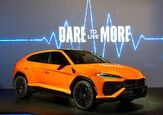














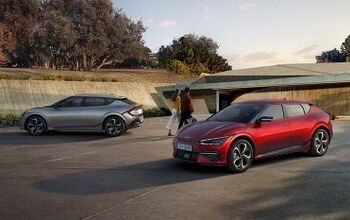
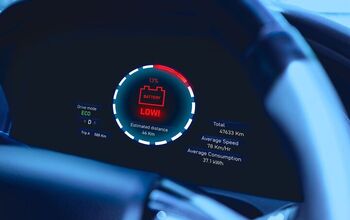
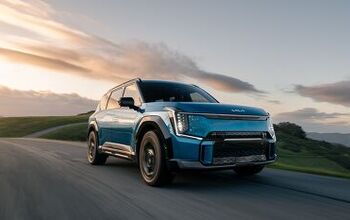
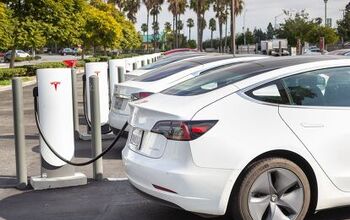


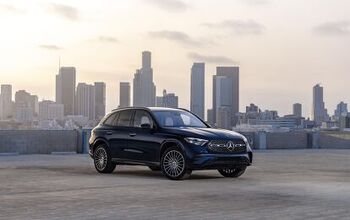

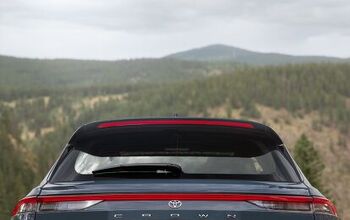

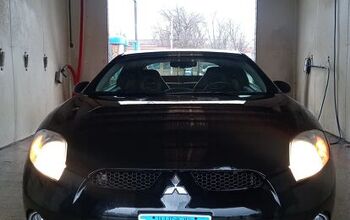

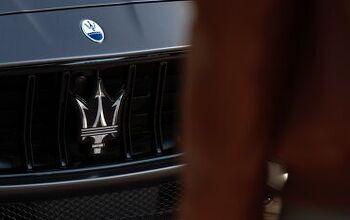
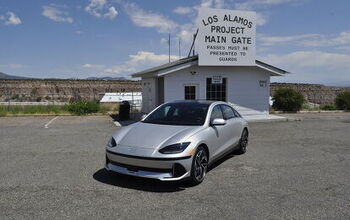
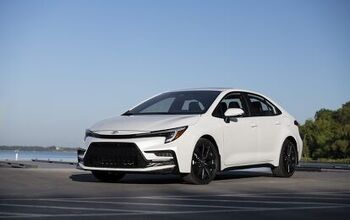

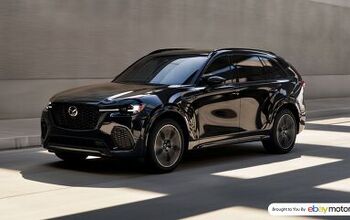
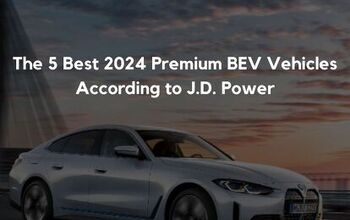
Comments
Join the conversation
I rented the four-door version for a week in Sicily a while back. It had a surprisingly large and well-done interior. Made it seem as if it were a much much larger car. Also had a turbo so it was fun to drive. I couldn't remember the last time I drove a car where I felt I was going too fast for the kind of vehicle I was driving.
Matt, the "Inside EV's" data does not explain anything other than raw numbers. Unfortunately your opinion was based on a lack of perspective. The smart EV "only sold 54" models between January and May primarily because the smart EV was SOLD OUT NATIONWIDE all year. This is very important information that you left out of your article because you did not know that the smart EV was essentially sold out. Your article worked under the assumption that nobody wanted the car when that assumption was not true at all.